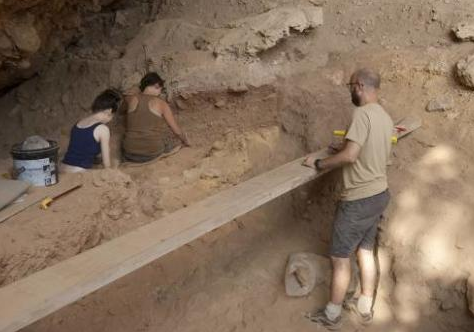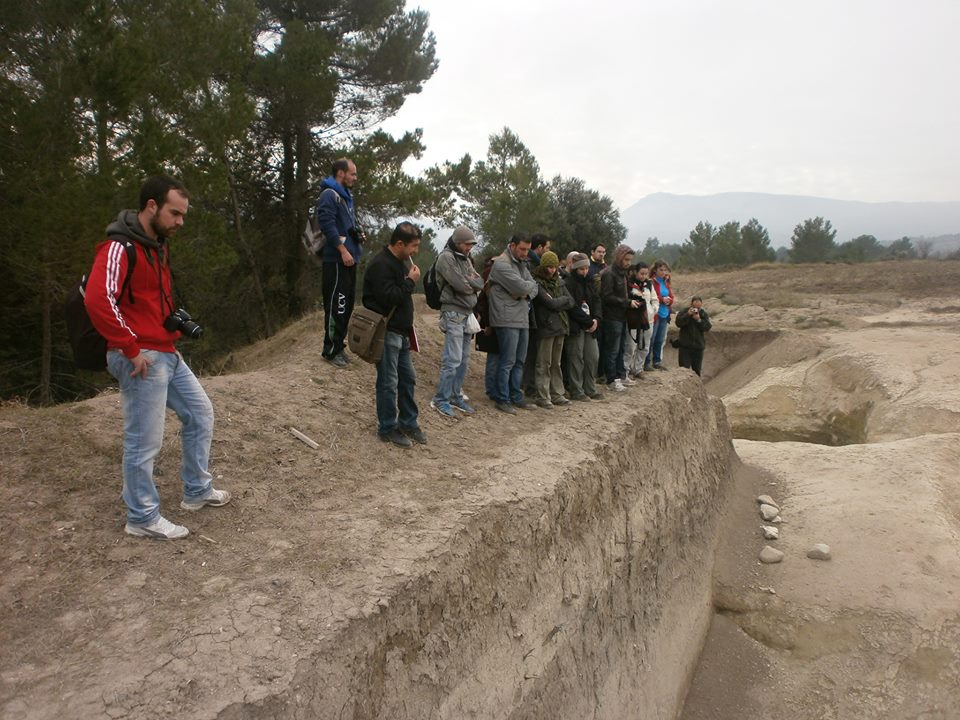
A new study that allows a revision of the chronology through new techniques and the analysis of the microfauna leads the researches to postpone the dating of the Neanderthal presence in the archaeological site in Cova Negra (Xàtiva).
25 july 2016
There has been a revision of the chronology using new techniques and studying the microfauna that has lead the researchers to postpone the dating of the Neanderthal presence in the archaeological site in Cova Negra (Xàtiva). The new time diagram will permit an in-depth analysis about the evolution of the species’ behaviour.
The excavation, sponsored by the Department of Prehistory, Archeology and Ancient History of the UV has Valentín Villaverde and Aleix Eixea, professors of the same educational centre, as directors of the project.
Cova Negra has been declared Patrimony of Cultural Interest, since it is an important archaeological site for the European prehistory and is an essential element when it comes to explain the Neanderthal man’s world and the Mousterian culture. Some of its most remarkable assets may be the medieval pipeline that runs along its entire length and used to drive the water from the Bellús Spring to the city of Xàtiva. In its path there were built different galleries and aqueducts.
Speaking about this archaeological site, Valentín Villaverde assures that the fossil material found in Cova Negra “sets one of the richest collections of Neanderthals human remains on the Iberian peninsula, with 25 pieces, and has as a peculiarity the great quantity of documented children remains”.
Hypothesis about the Neanderthals’ extinction
Valentín Villaverde has addressed in different occasions the possible hypothesis about the extinction of Neanderthals, pointing that there is not unanimity among the specialists. However, as it is explained, the climate cause is dismissed because if they appeared 300 000 years ago and disappeared 30 000 ago this involves that they lived during the multiple climatic fluctuations that took place in that huge time period, and that is why the climate factors do not seem to be an explanation to their extinction.
The Neanderthal Europe was a territory with a very low demographic density in which only small population groups subsisted in the southernmost areas and repeatedly remained isolated by climate variations, with expansive glacial processes and the closure of certain European passages.
Published by: Joel Bosch Forés










